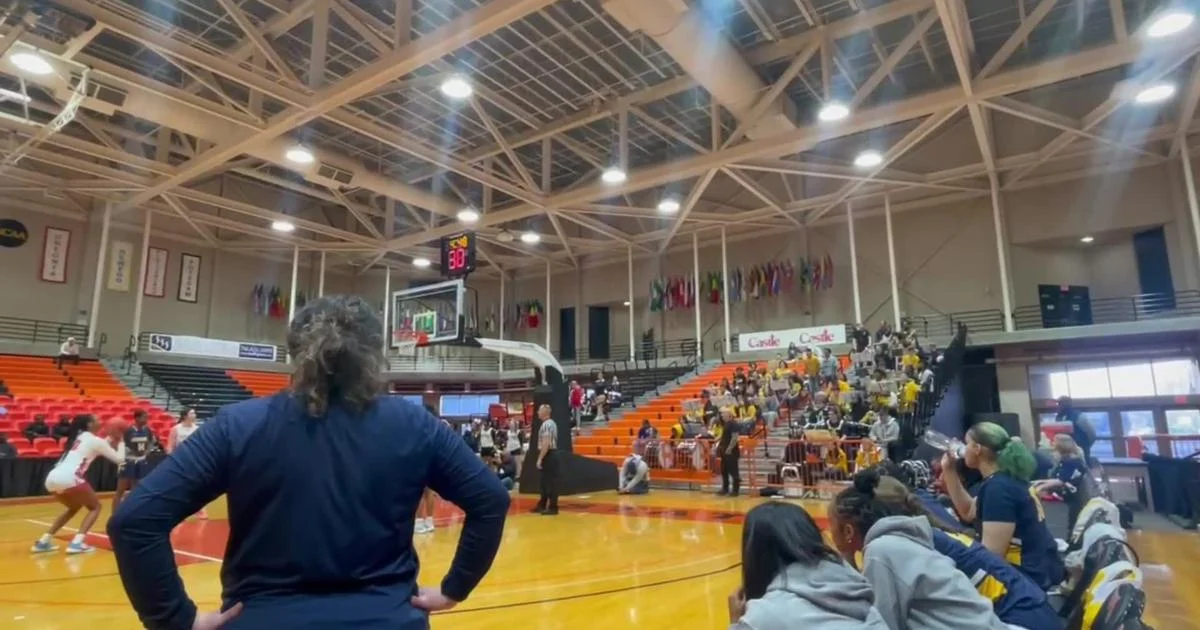
For Niagara Falls City School Superintendent Mark Laurrie, partnership with Buffalo’s Say Yes to Education program has been a long-held dream. Now that dream is coming true, and it appears well-deserved. The Niagara Falls district’s partnership with Say Yes is the first expansion of this college scholarship and education support program beyond Buffalo. From our standpoint, it looks like a good choice.
Say Yes Niagara Falls has massive potential. “It’s not just the graduation rate,” Superintendent Mark Laurrie said, “but it’s going to change the face of the city once this comes into full fruition.”
As Say Yes Buffalo Chief Executive Officer David Rust said at a recent meeting with The News Editorial Board, “It’s really important that we work together for the health and vitality of a strong region between the two cities.” Rust noted that financial need is the biggest barrier between Niagara Falls students and a four-year degree, two-year degree, certificate or apprenticeship. A Say Yes Niagara Falls program can help remove that barrier, as it already has in Buffalo.
It will take time to put together the funds for a robust scholarship program. Say Yes has kicked off a $20 million endowment campaign, with $500,000 raised so far. While that endowment is growing, Say Yes Niagara Falls will be running three other signature Say Yes initiatives: Saturday Academy events across four school buildings; a workforce development program for high school seniors; and a Breaking Barriers Youth Leadership Council for young men of color.
The Saturday academies have already started, with the first held at Cataract Elementary School. These academies, which already take place regularly in more than 20 Buffalo community schools, are family-centric morning events that combine food, entertainment, education and activities for all ages.
The Niagara Falls district demonstrated its preparedness to join the Say Yes team by only needing to employ four of the 16 pillars that Say Yes had initiated in Buffalo. The district already has a PreK program for 3- and 4-year-olds up and running, so did not need help in that area. And in a city where the median income is about $32,000, Laurrie points to a graduation rate that has climbed from 67% to 87% in the last eight years.
Like Buffalo, Niagara Falls is a poor city, but Laurrie and his school board have found a way to pay for the Saturday academies, the workforce development, and the mentoring program without funding help from Say Yes.
Clearly, the will to help young people overcome the barriers that could impede their readiness for a post-secondary education is present in Niagara Falls. Laurrie points to 64 3-credit college courses – applicable to any college degree program – now being taught at Niagara Falls High School, one of the courses, from Stanford University’s Digital Education program, focusing on artificial intelligence. Niagara Falls is also the only district in New York State to receive a P-TECH (Pathways in Technology Early College High School) grant, which funds mechanical and engineering technology education.
Helping students acquire the degrees and certificate programs that are necessary in today’s competitive job market is the final step needed. As Rust stated, “If you can help someone get a good job, a lot of other problems go away.”
In Buffalo, over the past 14 years of its existence, Say Yes has grown its endowment to $65 million. In Niagara Falls, getting to $20 million is not expected to be a walk in the park. As Rust notes, Niagara County does not have a deep philanthropic bench. But both government and private funders know Say Yes as a proven quantity and the Niagara Falls school board has already demonstrated its commitment.
Niagara Falls needs and deserves a win for its young people. Say Yes is a smart way to get there.